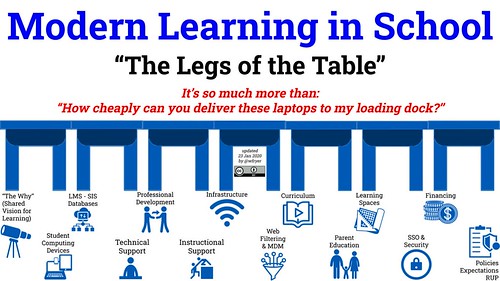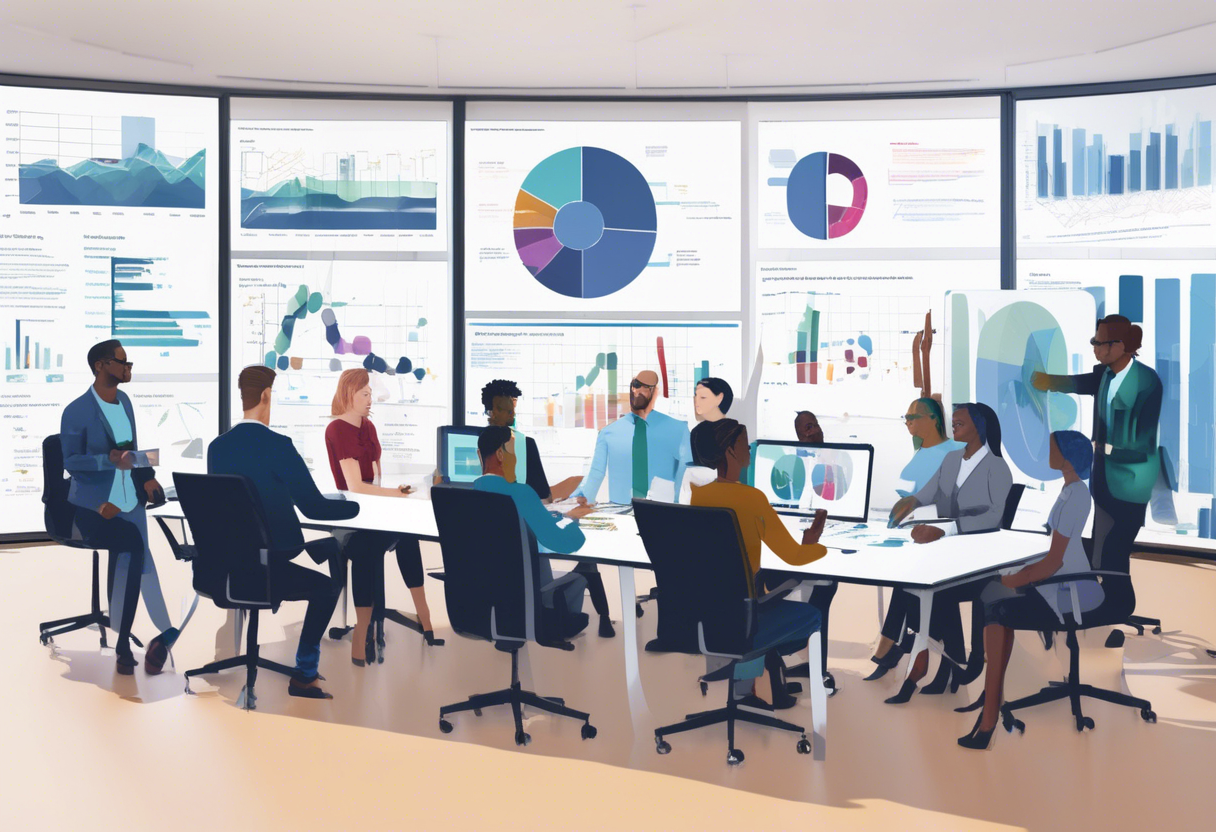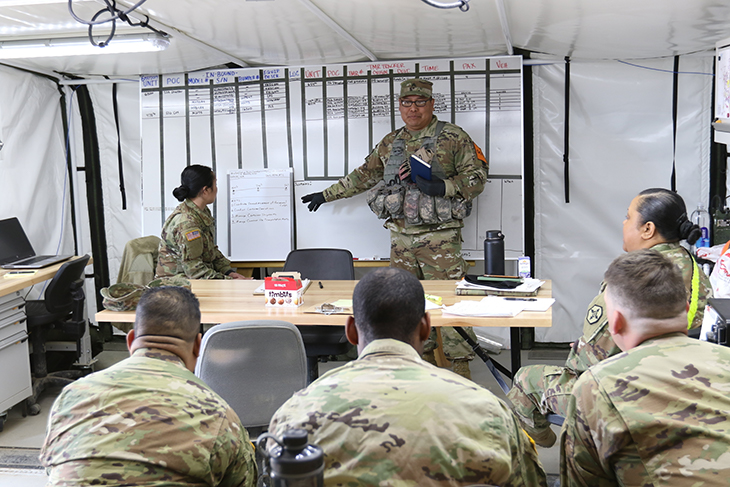
As we move toward 2025, talent development is changing a lot, and companies need to keep up. Did you know that 73% of employees feel their companies aren't investing enough in their growth? This shows how important it is to focus on effective talent development. In this article, we'll explore how to nurture talent in today's workplace and look at new strategies shaping the future. We'll cover everything from the details of talent development in 2025 to using AI for career planning. This guide will help you empower your workforce, whether you're an experienced HR professional or a curious leader. Let's dive in and turn potential into performance!
Understanding Talent Development Techniques in 2025
Definition and Importance of Talent Development Techniques
Talent development involves enhancing employees' skills through training, mentorship, and learning opportunities. This process is crucial for career growth and organizational resilience. When a company implements a solid strategy for talent development, it demonstrates a commitment to professional development. Typically led by HR, companies with robust learning cultures experience:
- A 57% increase in employee retention
- A 250% return on investment from soft skills training

Moreover, talent development fosters authenticity, transparency, and trust within the organization's growth paths.
The Evolving Landscape of Talent Development Techniques
By 2025, over half of the workforce will require new skills due to technological advancements, making skill renewal essential. AI-powered personalized learning can enhance engagement by 30% and improve learning outcomes by 25%. Additionally, leveraging data analytics can increase program effectiveness by 66%.

Innovative approaches such as peer learning and mentorship are breaking down barriers, while public policy is increasingly supporting reskilling to meet future job demands.
Step-by-Step Guide to Implement Talent Development Techniques
Conduct a Comprehensive Audit of Talent Development Processes
Review Current Employee Development Programs
First things first, take a good look at your current talent development programs. Make a list of everything you have going on, like training sessions, workshops, and mentorships. Gather any documents you have—outlines, schedules, participation records. Chat with the folks running these programs to get a sense of their goals and methods. Check out how much you're spending on these programs in terms of budget, staff, and time. This gives you a clear picture of where you stand and sets the stage for making improvements.
Assess Program Visibility and Effectiveness
After listing your programs, see how visible and accessible they are to employees. Are they well-advertised? Do people know about them? Look at participation rates and trends to see which programs are popular. Then, dig into how effective they are by checking performance metrics and getting feedback from employees. This helps you see if employees are using what they learn to boost their performance at work.

Determine Program Impact and Value
A key part of this audit is figuring out if your programs are actually helping employees or just ticking boxes. Look for evidence of behavior changes, new skills, and better performance. Talk to employees to hear how these programs have impacted their work and career paths. This will help you decide which programs need a revamp or should be replaced, ensuring you're investing in initiatives that truly add value.
Gather Employee Insights for Talent Development
Collect Employee Feedback through Surveys or Interviews
Employee feedback is gold when it comes to shaping your talent development strategies. Use detailed surveys or interviews to gather thoughts on current programs. Ask about relevance, quality, and accessibility. Mix in some numbers with personal insights for a well-rounded view. Offering anonymity can lead to more honest responses. Analyzing this feedback will show you common themes and areas to improve.

Identify Discrepancies Between Goals and Employee Needs
Next, compare employee feedback with your organization's goals to spot any mismatches. This will reveal where employee development needs don't line up with company priorities. It might also show a lack of awareness among employees about available opportunities and their career alignment. Closing these gaps is key to making development efforts relevant and effective.
Customize Development Strategies to Meet Expectations
With the insights you've gathered, tailor your development strategies to fit employee expectations and goals. Find out where they feel they need more support or training. Create personalized plans that consider individual career goals and learning preferences. This ensures programs are engaging and relevant, leading to better participation and satisfaction.
Set Clear Objectives Aligned with Business Goals
Establish Measurable Objectives for Talent Development
For talent development to work, you need clear, measurable objectives that support your company's vision. Use SMART criteria (Specific, Measurable, Achievable, Relevant, Time-bound) to set these goals. For example, if you want to boost customer satisfaction, focus on improving customer service skills through targeted training. Clearly show how each program ties into your bigger organizational goals.
Plan for Long-Term Growth and Alignment
Create a multi-year plan that aligns personal growth opportunities with long-term company goals. This plan should outline key milestones and timelines, and include succession planning for future leadership roles. While it should be flexible to adapt to changing business needs, it must provide a clear roadmap for development, ensuring alignment between personal and organizational aspirations.

Inspire Participation with Compelling Goals
Set goals that resonate with employees and inspire them to participate in development programs. Show them the personal and professional benefits, like career growth, skill enhancement, and personal development. Highlight success stories of employees who have thrived because of these programs to create excitement and buy-in.
Identify Skill Gaps and Evaluate Talent
Conduct a Skills Inventory for Workforce Assessment
Do a thorough skills inventory to see what your workforce can do right now. Use tools like skills matrices, self-assessments, and manager evaluations to gather data. Categorize skills by department, role, and proficiency level to get a clear picture of your strengths and areas needing development.
Pinpoint Development Needs and High-Potential Employees
Analyze the skills inventory to spot gaps where more training is needed. Prioritize these needs based on their impact on company goals. Also, identify high-potential employees who could benefit from focused development programs. Consider performance, leadership potential, and career aspirations. Tailor initiatives to address these needs and support high-potential employees in their growth.
Enhance Talent Development Strategy
Update Strategy Based on Audit and Feedback
Use your audit results and employee feedback to refine your talent development strategy. Identify where your current approach falls short and make necessary adjustments. Consider introducing new programs or revamping existing ones to better meet employee needs and organizational goals. A comprehensive, adaptable strategy ensures development efforts are effective and impactful.
Improve Program Visibility and Engagement
Boost the visibility and accessibility of your programs to increase engagement. Use multiple channels to communicate program availability and benefits. Simplify the enrollment process and provide clear instructions. Offer programs in various formats—online, in-person, hybrid—to accommodate different learning preferences and increase participation.

Align Initiatives with Career and Business Goals
Make sure all development initiatives align with employees' long-term career goals and company objectives. Develop personalized plans that outline a clear path for career progression. Regularly review and update these plans to reflect changes in employee aspirations and business priorities, ensuring development efforts are mutually beneficial.
Implement Diverse Talent Development Activities
Offer Upskilling and Reskilling Opportunities
Offer upskilling and reskilling opportunities to keep employees current with industry trends. Focus on emerging skills critical to your organization's success. Encourage employees to own their learning and provide support through resources like online courses, workshops, and seminars.
Establish Mentorship Programs for Knowledge Transfer
Mentorship programs are great for knowledge transfer and employee development. Set up formal programs with clear objectives and guidelines. Encourage informal mentorships by fostering a culture of collaboration and support. Train mentors to ensure they can effectively guide and support their mentees.
Incorporate Experiential Learning and Education Options
Include experiential learning in your programs for hands-on experience. Options like job rotations and project-based learning should be part of the mix. Support continuous education by providing access to external courses and certifications. Encourage lifelong learning and offer incentives for educational milestones to foster a culture of improvement.
Allocate Professional Development Hours
Set aside professional development hours for employees to focus on growth and learning. They should be able to use these hours for training or workshops. Managers should support and encourage this, integrating development into regular work schedules to prioritize it.
Utilize Technology for Talent Development
Leverage Digital Platforms for Learning Access
Use digital platforms to deliver learning content that's accessible anytime, anywhere. Implement a learning management system (LMS) to organize and track activities. Offer online courses and webinars to accommodate remote and dispersed employees. Ensure content is mobile-friendly to increase engagement.
Provide Flexible Scheduling for Diverse Needs
Provide flexible scheduling options for development programs to fit diverse needs. Offer sessions at different times and let employees choose when to participate. Consider asynchronous learning options for self-paced learning. This flexibility boosts participation by accommodating individual preferences.
Secure Leadership Support for Development
Gain Leadership Commitment for Talent Development
Get leadership on board to fund and champion talent development. Present a compelling case showing benefits like increased productivity and retention. Encourage leaders to participate in programs and be role models for continuous learning, reinforcing the importance of development efforts.

Foster a Culture of Continuous Learning
Leaders should promote a culture of continuous learning. Highlight the importance of learning in communications and meetings. Recognize learning achievements to show commitment to growth. Leaders sharing their own learning experiences can support employees in their development journeys, creating a culture where learning is valued.
Launch and Promote Talent Development Programs
Effectively Communicate Program Availability and Access
Create a communication plan to inform employees about available programs and access. Use multiple channels like email and team meetings to reach everyone. Provide detailed info about program objectives and benefits to ensure employees understand how to enroll and participate. Clear communication boosts awareness and participation.
Incentivize Participation and Recognize Achievements
Encourage program participation with incentives and recognition. Offer rewards like certificates or financial incentives for completing programs. Recognize employees who actively participate and achieve milestones to create a learning culture. Public recognition can motivate others and reinforce the value of continuous development.
Establish Continuous Feedback and Improvement
Collect Regular Feedback on Program Effectiveness
Set up feedback loops to regularly gather participant feedback on program effectiveness. Use surveys, focus groups, or one-on-one discussions to get insights. Ask about program relevance, quality, and impact. Use feedback to identify areas for improvement, ensuring programs stay effective and engaging.
Use Diverse Methods to Gather Program Insights
Mix methods to gather insights on development programs for a comprehensive view. Surveys collect quantitative data, while focus groups explore topics for qualitative insights. One-on-one discussions provide deeper understanding of individual experiences. This approach ensures programs are continuously refined and improved.
Monitor and Enhance Program Effectiveness
Track Key Performance Indicators for Development Programs
Develop KPIs to measure program effectiveness. Track metrics like engagement, participation, and completion rates. Analyze trends over time to identify patterns and improvement areas. Use this data to assess program impact on performance and goals, ensuring alignment with business objectives.
Regularly Review Metrics for Continuous Improvement
Regularly review metrics to find improvement areas in programs. Analyze data to see if programs meet objectives and contribute to desired outcomes. This informs decisions on program adjustments and resource allocation. Aligning metrics with development needs and goals optimizes effectiveness.
Continuously Refine and Update Programs
Use Data and Feedback for Program Adjustments
Use data and feedback to adjust and improve programs continuously. Identify areas where programs fall short and make changes to keep efforts relevant and effective. Introduce new content or formats to better align with employee needs. Regular updates ensure programs stay current and impactful.
Keep Offerings Relevant to Changing Priorities
Ensure development offerings remain relevant and responsive to changing priorities. Regularly assess needed skills for future success and update programs accordingly. Stay informed about industry trends and technologies to keep programs current. Engage with employees to understand evolving needs and align efforts with priorities.
Recognize and Reward Development Progress
Celebrate Employee Achievements in Development Programs
Create a system to acknowledge achievements and milestones in programs. Celebrate accomplishments with awards or certificates to inspire others. Highlight success stories in company communications to create a culture where learning is valued.
Maintain Motivation through Recognition
Use recognition to maintain motivation and engagement in programs. Regularly acknowledge efforts and progress to reinforce learning importance. Encourage managers to provide personalized recognition and feedback. A culture where learning is recognized sustains motivation and drives engagement.
By following these steps, organizations can effectively implement talent development techniques that align with both employee aspirations and business goals. This strategic approach enhances employee capabilities, fosters a culture of continuous learning, and drives organizational success.
Integrating AI-Driven Career Pathing for Talent Development
Benefits of AI-Driven Career Pathing in Talent Development
AI-driven career pathing is a transformative approach that ensures your skill profile remains current. It continuously monitors for skill gaps or additional competencies you may possess. By predicting future skill requirements, AI allows you to proactively plan your development. This personalized approach to career growth involves creating tailored learning paths aligned with your goals, enhancing the effectiveness of your training. By analyzing your performance and feedback, AI suggests training that aligns with your objectives, facilitating continuous growth and adaptation. For more insights, explore AI-powered career pathing.

Steps to Implement AI-Driven Career Pathing for Talent Development
AI tools analyze employee data to generate personalized career recommendations and resources. These tools focus on:
- Analyzing skill gaps
- Creating custom learning plans
- Matching employees with mentors
Organizations utilize these platforms to monitor workforce data, constructing adaptable career paths that cater to both individual aspirations and organizational goals. For students, AI can simulate various career paths, aiding them in making informed decisions through internships and projects. Learn more about this innovative approach at AI career progression tools and AI-powered career and life design.
FAQ
Best AI Tools for HR Managers in Talent Development 2025
In 2025, AI tools are essential for HR managers. They enhance learning experiences with microlearning modules and gamified learning platforms, making skill-building both engaging and rewarding. AI-driven executive coaching customizes leadership development, aiding leaders in navigating complex challenges. Additionally, platforms for peer learning circles encourage collaborative knowledge sharing among employees.

For example, Deloitte’s Leadership Academy employs a gamified platform to boost engagement and utilizes AI-powered coaching to refine leadership skills.
Measuring ROI of Talent Development Programs
To measure ROI, organizations evaluate employee performance and productivity following development programs. Key indicators include reduced skill gaps and increased retention rates. Monitoring innovation and the ability to attract top talent also signifies program effectiveness. Aligning outcomes with business goals, such as establishing a strong leadership pipeline and ensuring smooth operations, further demonstrates impact.

For instance, by tracking employee productivity and retention rates before and after mentoring, organizations can effectively assess the ROI.
Importance of Personalized Learning in Talent Development
Personalized learning, encompassing executive coaching and tailored microlearning, addresses individual skill gaps and leadership needs, fostering employee growth. Recognition and rewards for achieving growth milestones maintain engagement. Self-paced learning empowers employees to develop skills at their own speed, promoting continuous learning and adaptability.
This strategy supports leadership growth through mentoring, job rotation, and shadowing, preparing employees for future roles. By offering personalized learning paths, organizations can enhance employee engagement and foster growth.